NON-FICTION
Two new books could be grouped under the Lg “The Irish: Then and Now.”
First there’s Irish America Coming into Clover: The Evolution of a Culture by Maureen Dezell.
A Boston Globe staff writer, Dezell takes a rather irreverent look at Irish America in the year 2000. Some may be rubbed the wrong way by her not-too-veiled efforts to expose what may be excessive or stage Irishness. But she also has a fair argument to make about how a distinctly Irish American culture has evolved and been reshaped over a century and a half. (Doubleday, $24.95)
______________
Some of this material is also touched upon briefly in another new book, by Linda Dowling Almeida. But (as her title reveals) Irish Immigrants in New York City, 1945-1995 is more about the most recent waves of Irish who came to the U.S., and how they were similar to – and different from – previous Irish immigrants.
At times too sociological and academic for the general reader, Almeida’s book is nonetheless an insightful look at an understudied topic which, clearly, the author knows well. After all, aside from teaching at New York University, Almeida is also a longtime member of the New York Irish History Roundtable. (Indiana University Press, $35)
_______________
Author and Oscar Wilde scholar Jerusha Hull McCormack has come up with an intriguing story. In her new book The Man Who Was Dorian Gray, the University College Dublin lecturer tells the story of John Gray, a working-class Dublin boy who would grow up to become close friends with Oscar Wilde – and ultimately the model for the character Dorian Gray.
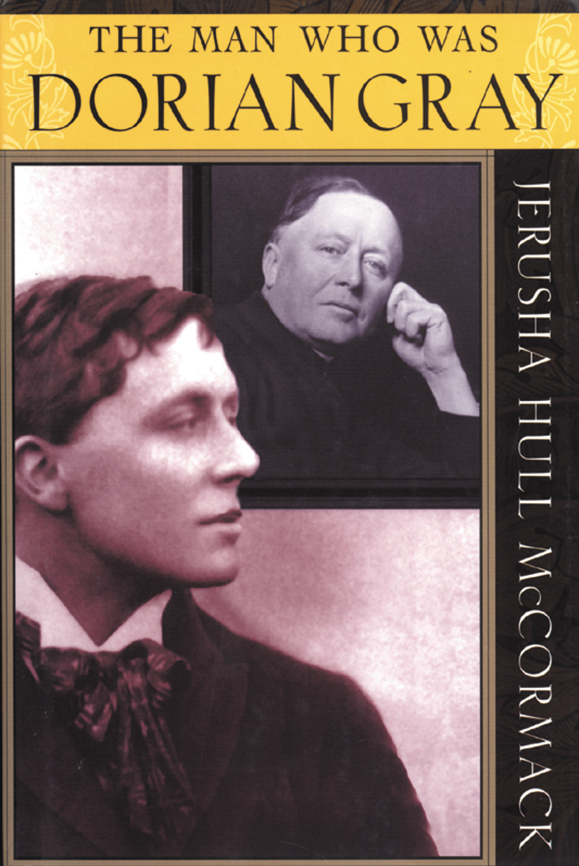
John Gray was nearly as enigmatic as Wilde – shifting from the life of a decadent poet to a Catholic priest. A wonderful piece of literary investigative journalism, The Man Who Was Dorian Gray is an insightful, occasionally controversial look at a man who was fascinating enough to inspire Oscar Wilde. (St. Martin’s Press, $24.95)
_______________
Before there was John F. Kennedy, there was Al Smith.
Indeed, while it is well known that Kennedy faced hostility when he ran as an Irish Catholic in the presidential race of 1960, the story of the 1928 election is too often ignored.
It was in 1928 that Lower East Side native Al Smith was the first major-ticket Catholic candidate – and large numbers of Americans were not happy.
“On the night of September 19, 1928, Al Smith’s train crossed the Oklahoma state line, and they burned crosses in the field,” begins Robert A. Slayton’s excellent new biography Empire Statesman: The Rise and Redemption oral Smith.
The fact that there hasn’t, in decades, been an authoritative new biography of Smith is astounding. He was one of the most influential governors in American history, elected to four terms by New York’s voters. He was also a groundbreaking Catholic politician, and as Slayton notes, “Over and over, Smith was referred to as the leading Irish American of his era.”
This even though, as Slayton makes clear, Al Smith’s paternal grandparents were born in Germany and Italy. (The original Smith granddad was born in Genoa, and no concrete explanation exists for the simple name of Smith.)
Smith’s mother’s side of the family was all Irish, but in one of history’s grand ironies, they were actually respectable Protestants. (A rebellious daughter not only married down, but married a Catholic, and came to America.)
Al Smith was neither respectable nor Protestant growing up in the teeming, immigrant districts of the Lower East Side, working at the Fulton Fish Market, and rising from ward assemblyman to presidential candidate.
Slayton’s biography tells all the important stories of Smith’s life, and is written with appropriate complexity and authority. Smith made friends and enemies of some of the most important figures of his era, and Slayton covers the relationships well, though his affection for his subject may strike some as excessive.
But who can blame Slayton? For all of Al Smith’s accomplishments – culminating in the hate-filled, Klan-influenced election of 1928, which he lost to Herbert Hoover, who also was helped by a booming economy –perhaps Smith’s greatest “was his attempt to create a more democratic American society.” Empire Statesman is a must-have for all lovers of Irish-American history. (The Free Press, $30)
FICTION
Nuala O’Faolain is back!
The acclaimed Irish Times columnist who became a literary superstar with her best-selling memoir Are You Somebody? has now written her first novel, My Dream of You. Dubbed “a novel within a novel, a love story within a love story, an historical story within a contemporary one,” O’Faolain’s publisher may be promising too much, and distracting readers from O’Faolain’s best strength – her ability to tell a straightforward, gripping story.
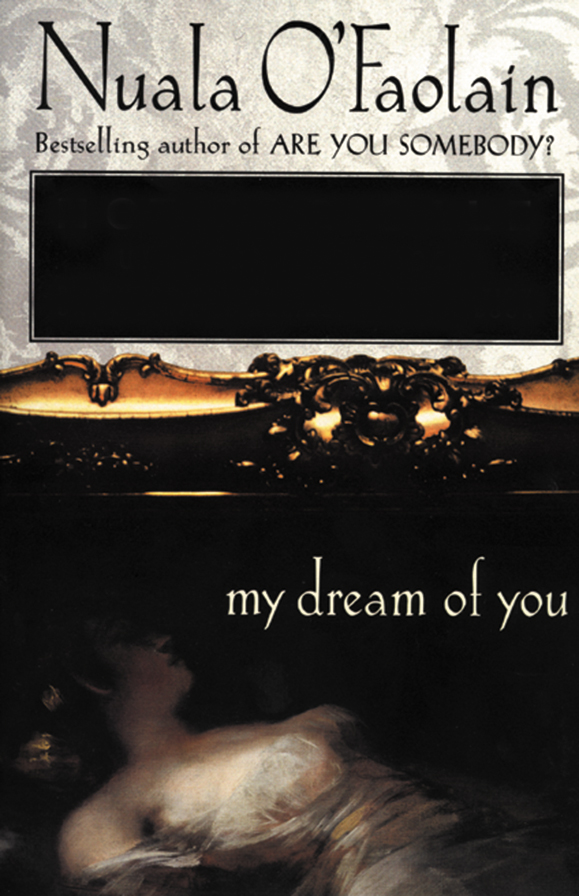
Nevertheless, My Dream of You is generally an ambitious, compelling read. O’Faolain’s main character, Kathleen de Burca, is a middle-aged travel writer bored with her life. So she begins researching a Famine-era love affair the wife of an upper-class British landlord and an Irish stable worker.
The result is a simmering stew of love, history and memory – both in Kathleen’s own life and in the story she’s researching. At the same time, Kathleen confronts her own priorities, and what they’ve done to her love life, and her relationship to her native country.
And what do you know? A good man comes along as well. My Dream of You is hefty (500-plus pages) and occasionally slow-going, but it’s also pretty clear that we can expect good, unpredictable things from Nuala O’Faolain for years to come. (Riverhead Books, $25.95)
_______________
Construction-worker-turned-Harvard-graduate Tom Kelly hit it big with his first novel Payback, a gritty New York City melting-pot thriller with black, Irish, Russian and Italian sandhogs, mobsters, cops and lovers. The book has reportedly been adapted by playwright David Mamet for the big screen.
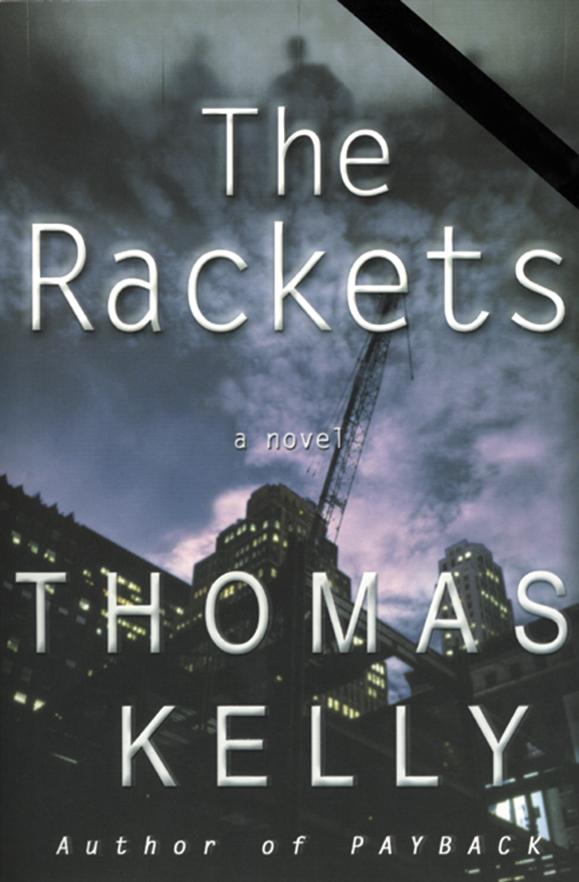
Kelly stays on cozy turf with The Rackets, another slam-bang crime book about good union men, the crooks aiming to bring them down, and the construction-worker-turned-Ivy-League grad stuck in between. Throw in a cocky Republican mayor and a rigged union election and you’ve got The Rackets.
Sentimental at times, Tom Kelly nevertheless brings to life this wild environment with brilliant authenticity, in the vaunted tradition of Jimmy Breslin. (Farrar Straus Giroux, $24)
_______________
There aren’t any crooks in Clare Boylan’s sixth novel. And there’s just one (very important) gun. Yet Beloved Stranger may be an even darker book than The Rackets.
Perhaps that’s because it explores a topic even more complex than crime or murder -– marriage.
Dick and Lily Butler, Dublin suburbanites, have been married some 50 years. One night, Dick’s grasp of reality starts slipping, and Lily finds him under the bed, in the middle of the night, gripping a shotgun.
As Dick’s mental health deteriorates, his wife is forced to question what she’s made of her life – and what to do now that she appears to be losing the person around whom she built that life. Boylan’s vision of marriage might be a bit nasty for some readers, though it’s important to pick up the traces of comedy/absurdity Boylan has subtly laid. This helps prevent Beloved Stranger from becoming a dreary exploration of two miserable lives.
And if Boylan does, at times, seem to have a bit too much fun pointing out the sad, silly details of her characters’ lives, know this: it was her father’s slide into manic depression that inspired this story. The pain and sadness in Beloved Stranger is the type that can only have originated in love and reverence. (Counterpoint, $24)
_______________
Randy Lee Eickhoff continues his retelling of Irish myth with The Destruction of the Inn, the fourth novel in Eickhoff’s Ulster Cycle, following The Sorrows, The Raid, and The Feast. (The latter has just been released in paperback.)
Those who’ve been keeping up with Eickhoff will not be disappointed by The Destruction of the Inn. Eickhoff’s characters are again swept up in history, with rich detail – and the kind of solemnity that may be off-putting to some readers. But Eickhoff knows his audience, and for them, The Destruction of the Inn will not disappoint. (Tom Doherty, $23.95)
_______________
Stand-up comic and TV star Sean Hughes’ black comic novel It’s What He Would’ve Wanted is now available in the U.S., after receiving rave U.K. reviews.
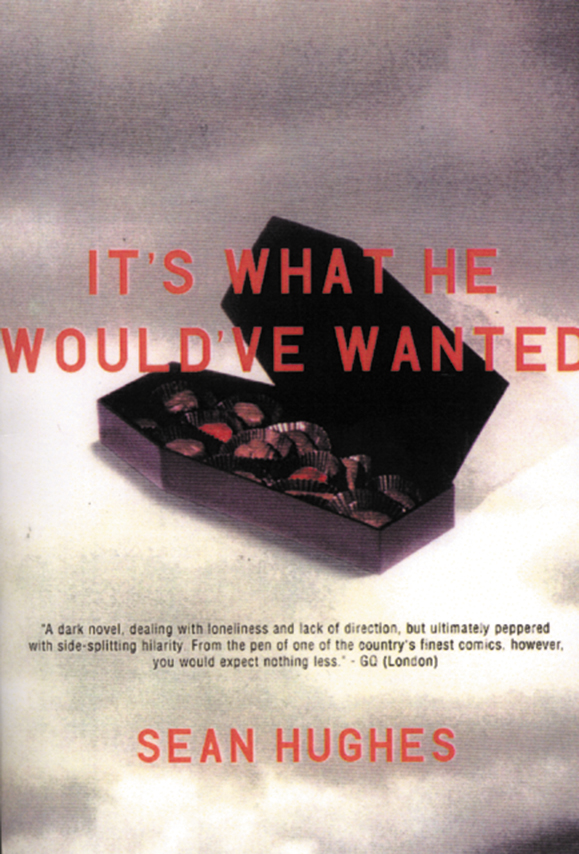
A Dublin native, Hughes’ premise sounds a bit familiar by now – the seemingly cozy middle-class family. It’s a good bet some deep, dark secret is about to be dug up. In this case, it is a journal, discovered by Hughes’ protagonist Shea, and written by his dad.
Hughes clearly has story-telling talent, though readers who’ve already had their fill of novels purporting to expose “the dark side” of the bourgeoisie might want to avoid It’s What He Would’ve Wanted. (Scribner, $24)
PHOTOGRAPHY
The editors of Country Living Gardener present a lush, stunning photography book entitled Irish Gardens.
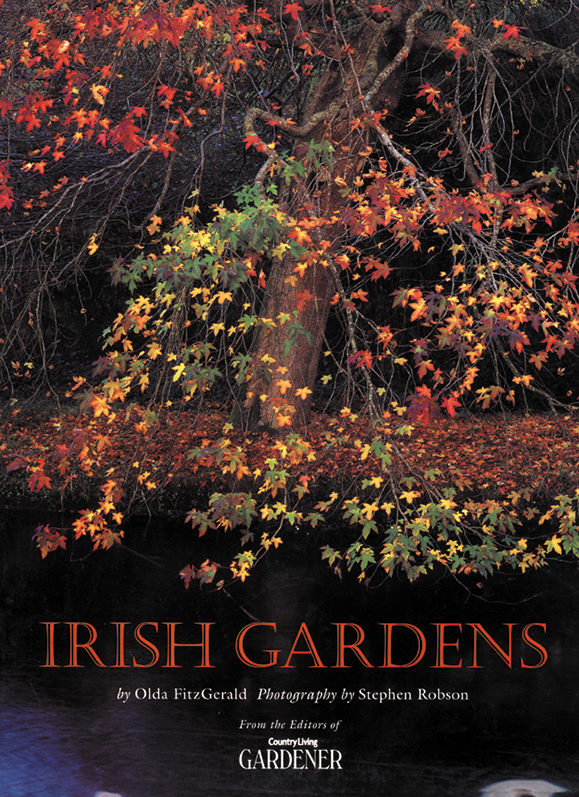
Obviously not for those whose interests run more to political history or literature, it’s nonetheless difficult not to be impressed by the sweeping vistas of Glenveagh Castle in Donegal, or Ilnacullin in Cork.
These contrast nicely with the more intimate photos snapped at Creagh in Cork, and Butterstream in Meath. Beautifully photographed by Stephen Robsom, with text by Olda Fitzgerald, Irish Gardens exploits the old image of Ireland as a bucolic setting of castles and fields, bursting with greenery – not to mention the vibrant purple of California poppies, such as those from The Dillon Garden, Ranelagh, Dublin.
Indeed, it is the surprising diversity of imagery in Irish Gardens – which has 220 photographs in all – which makes the book a keeper. (Hearst Books, $40) ♦

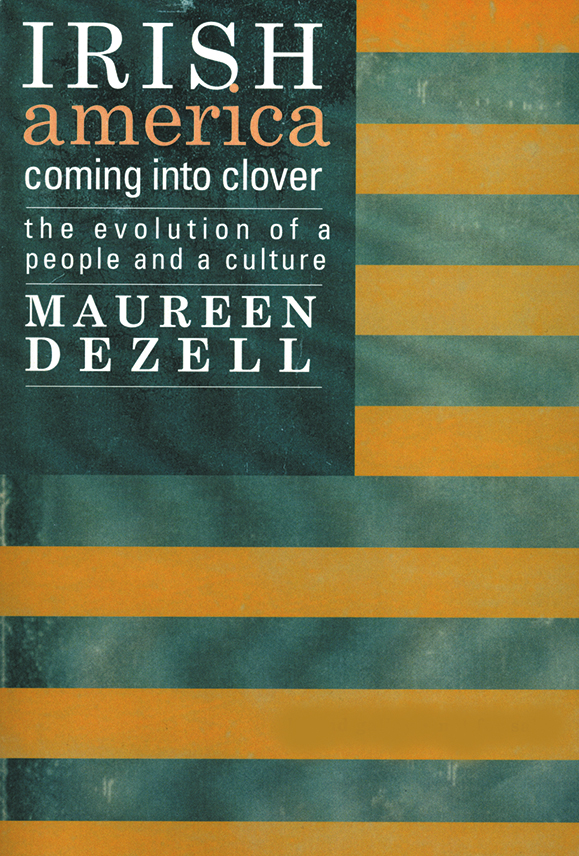
Leave a Reply